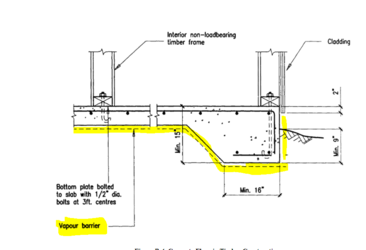fordman84
Administrator
- Joined
- Aug 13, 2020
- Posts
- 36,591
- Reaction score
- 66,613
- Bookie:
- $ 95,570.00
Not really a DIY but something I learned about this weekend. To set the scene we have an office on the first floor of a concrete slab house where my wife works most days and it is carpeted. I hate carpet (sorry @Edisto_Tiger) and only three rooms in the house remain carpeted, but I digress. I got one of those nice thick plastic mats so she can roll around in her chair easier, that was about a year to 18 months ago. Fast forward to this weekend when I take that mat up because I need to move the desk to put up new curtains. I notice a discolored spot and the smell of mildew. Turns out that the vapor barrier that is part of carpet underlayment can go bad fairly easily and placing something large like the plastic mat allows for trace amounts of moisture that concrete wicks up to remain under there and mold. Disgusting, but I never thought to take the plastic mat up and I guess I'd need to do it weekly at most.
So we are getting new carpet in all three remaining rooms since she doesn't want hardwoods in the office, master, or kids room. I told them I want the longest warranty on the underlayment they have, so if this happens again they can pay for it
So we are getting new carpet in all three remaining rooms since she doesn't want hardwoods in the office, master, or kids room. I told them I want the longest warranty on the underlayment they have, so if this happens again they can pay for it

